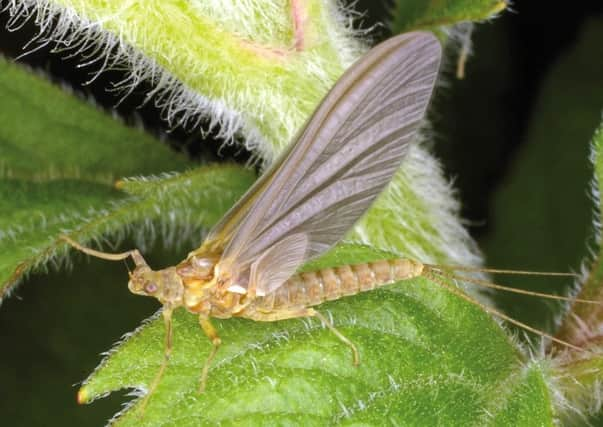Coquet fares well in English rivers survey


The 2015 Riverfly Census, carried out by Salmon & Trout Conservation UK (S&TCUK) has identified that there were only 14 pristine, unimpacted sites out of a total of 120 sampled in the survey of English rivers.
Explaining the results, Nick Measham, author of the census, said: “The census revealed that the River Coquet had some reaches, delivering good species richness and abundance.
Advertisement
Hide AdAdvertisement
Hide Ad“Indeed Crag End, near Rothbury, proved to be one of the best examples in the entire survey.”
The census identified that although Hampshire’s River Avon – a chalkstream, came out best in the study, the next six places went to freestone rivers, mainly in the north of England and south-west.
However, on the River Coquet, freshwater shrimp, an important element in the food chain for trout and salmon, were recorded in very low numbers along the catchment and this could be attributed in part to habitat loss and agricultural practices.
According to fisheries charity, S&TCUK, the threat to our rivers has moved from industrial pollution to a range of subtler but equally damaging impacts from sources such as agricultural and road run-off, poorly-treated sewage, septic tanks and, in certain areas, discharges from watercress and fish farms. Although these forms of stress are less dramatic, the long-term effects on flylife such as blue-winged olives are equally profound.
Advertisement
Hide AdAdvertisement
Hide AdPaul Knight, chief executive of S&TCUK, said “Most of the rivers we analysed were impacted to some extent, although the chalk rivers were the worst. England’s 200 or so chalkstreams form about 85 per cent of the world’s total stock of this richly diverse and complex habitat. Almost all of them are in a dismal state of decline.
“Plants, insects, fish, mammals and bird-life are suffering as a result of the loss of flylife, which plays a crucial role in the aquatic food chain. Basically lose your flylife and you will lose many other important species too.”
Riverflies and other invertebrates are excellent indicators of the underlying ecological condition of our rivers because different species of invertebrates demonstrate different tolerances to the various forms of stress from pollution.
Traditional and less exacting methods of analysing water quality frequently struggle to capture the often combined impacts of nutrients, sediment and subtle organic enrichment on invertebrate life in our rivers.